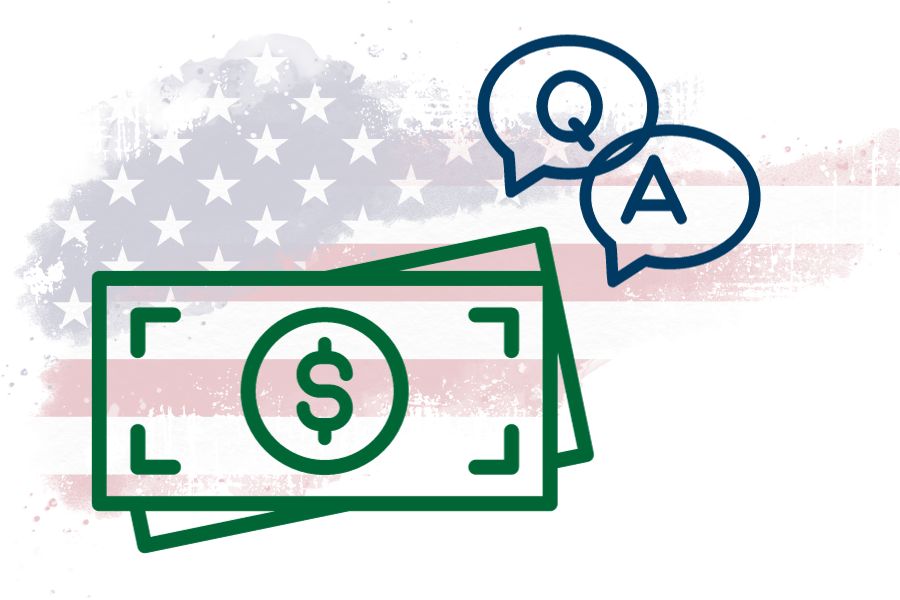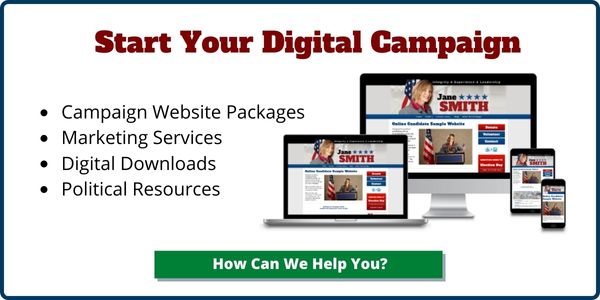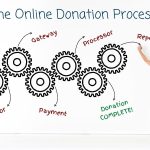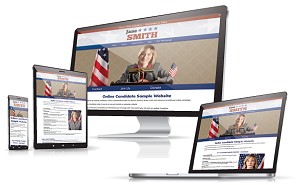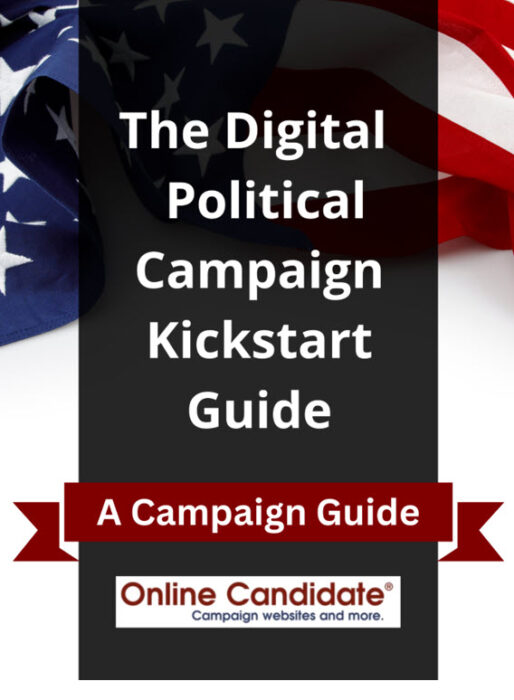The pursuit of public office is closely tied to the pursuit of raising money. If you’re a political candidate today, you’ll need funding to mount an effective campaign. And if you’re new to the process, get up to speed early—don’t wait until the thick of election season.
Key takeaways:
- Choose a Secure, User?Friendly Donation Platform: Opt for a platform with strong security and easy integration with your campaign website.
- Optimize the Donation Page: Keep it simple, distraction?free, and clear on impact.
- Use Structured Donation Levels: Offer suggested amounts plus a custom option to lift average gift size.
- Maximize Your Website: Clear CTAs, strong story, and a straightforward donation flow boost conversions.
- Integrate Fundraising: Align appeals with your overall campaign messaging and site content.
- Leverage Storytelling & Personalization: Emotion and relevance drive action.
- Stay Compliant & Say Thanks: Follow campaign finance rules and promptly acknowledge every donation.

How do I set up a secure online donation platform?
To set up a political campaign donation page, start with a trusted fundraising platform. Make sure it has SSL encryption, PCI compliance, and simple reporting for campaign finance laws. It should plug right into your campaign website and support multiple payment options, including mobile wallets like Apple Pay and Google Pay. Before launch, test it end?to?end so you don’t run into broken links or failed payments.
Before you raise a dollar: open a campaign bank account. Then compare political donation platforms and choose one that fits your race and reporting needs.
Pro tip: We’ve seen too many candidates skip testing—only to send a bad link or discover the processor wasn’t approved. Don’t let that be you.
“In all, just 158 American families had donated half of all the money to candidates on the ballot [in the 2016 election].” — Evan Osnos, Wildland: The Making of America’s Fury
Related: How Online Political Donations Work
How can I improve my donation page?
A strong donation page is simple and distraction?free. Use a clear call?to?action like “Donate Now,” show suggested amounts, and let people enter their own number. Highlight security and explain how contributions will be used. A clean, mobile?friendly page can dramatically increase online campaign contributions.
- Design for clarity: Minimal fields. Easy to scan on mobile.
- Reinforce trust: Security badges, privacy/refund links.
- Suggested amounts + custom: Keep max within legal limits.
- Show impact: “$25 prints 50 door hangers,” “$100 boosts one day of ads.”
Example: A mayoral candidate adds a progress bar and “$25 funds 50 door hangers.” A congressional race embeds a short video and a “Why donate now?” panel.
Can offering different donation levels increase contributions?
Yes. Donation tiers give donors a nudge to give more. List a few preset amounts—low, medium, and high—and always include a custom field. That way, someone who can give $1,000 won’t stop at $500. This simple step encourages higher political donations.
Related: What To Know Before You Accept Political Donations Online
How can my campaign website help maximize fundraising?
Your website is the hub of your political fundraising strategy. Add donate buttons in your header, footer, and on key issue pages. Tell your story and show what donations achieve. Keep everything mobile?friendly. A fast, easy donation process helps your campaign raise more money online.
How can I integrate fundraising with other aspects of my website?
Integrating fundraising into your campaign site means making it part of the experience. Add donation links in blog posts, event pages, and policy sections. Use QR codes at rallies and supporter testimonials on your homepage. This creates a seamless political fundraising experience.
- Unified messaging: Keep appeals aligned with your platform.
- Strategic placement: Link to donate on high?traffic pages.
- Content synergy: End posts with “See how your donation powers this work.”
- Event integration: Use donate links and QR codes for live and virtual events.
- Testimonials: Add quotes from community leaders and supporters.
- Transparency: Share goals and milestones to motivate action.
“The money in politics is a cash cow for the media.” — Noam Chomsky
What types of content can I use to promote fundraising?
Political fundraising content should be varied. Short videos, blog updates, infographics, and testimonials all work. Show exactly how donations help your campaign. Engaging content makes supporters more likely to give and share your message.
Ideas: City Council: recap a community clean?up + donate CTA. State Rep: infographic on legislative priorities + “Help us scale outreach.”
Can social media enhance my fundraising efforts?
Absolutely. Social media fundraising for political campaigns is one of the fastest ways to build momentum. Share your donation link often, use built?in tools like Facebook fundraisers, and interact with supporters. Social engagement helps drive donations back to your campaign website.
What makes a fundraising message more compelling?
A compelling fundraising message is specific and authentic. Tell donors exactly what their contribution funds—“$50 prints 1,000 door hangers”—and tie it to your campaign’s goals. Keep the voice genuine. Visuals like photos and short videos make appeals even stronger.
How can I use storytelling to boost online donations?
Political storytelling is one of the best ways to raise money. Share real stories from your community, structure them with a beginning, middle, and end, and show how donations make a difference. People respond when they see themselves in the story.
More on political storytelling.
What are best practices for raising money through email?
Email fundraising works best when it’s targeted and simple. Segment your list, use strong subject lines, and focus each email on one clear ask. Track open rates and conversions so you can refine your campaign email fundraising strategy over time.
How do I communicate urgent donation needs?
Urgency drives action. Use time?sensitive language like “Donate before midnight” or “We’re $500 short of our goal.” Show progress bars or countdowns to make deadlines real. Urgent political fundraising appeals often perform best in the final stretch of a campaign, especially near GOTV.
How can I attract first?time donors?
First?time political donors need a simple, trustworthy experience. Keep the process quick, highlight why their first gift matters, and use social proof—like “Join 1,000 supporters who’ve already donated.” Make it easy on mobile to expand your donor base.
What role do recurring donations play?
Recurring donations give your campaign a steady stream of income. Add a “Make it monthly” option on your donation form and remind donors how much sustained support matters. Monthly donor programs build long?term stability.
How should I handle and acknowledge small donations?
Every dollar counts. Always acknowledge small campaign donations with a thank?you email, text, or even a shoutout on social media. Thanking political donors—large or small—builds trust and encourages them to give again.
How can donor feedback improve my fundraising?
Ask your donors what’s working and what’s not. Use surveys, email replies, or quick polls on social media. Acting on donor feedback shows you value their support and helps improve your political fundraising strategy.
How do I ensure my fundraising efforts are legally compliant?
Compliance in political fundraising isn’t optional. Learn the campaign finance laws for your race, use platforms that capture required donor info, and keep accurate records. File reports on time. When in doubt, check with a campaign finance attorney.
What other channels should I consider (beyond the website)?
- SMS (text?to?donate): Opt?in texting drives fast, small?dollar gifts; link to your donate page.
- Peer?to?peer (P2P) pages: Let supporters host their own mini?fundraisers to tap new networks.
- Event checkouts: QR codes and mobile POS at rallies, meet?and?greets, and house parties.
What mistakes should I avoid in online fundraising?
Common fundraising mistakes include long forms, vague asks, and forgetting to thank donors. Don’t ignore data—track what’s working and adjust. And don’t underuse social media. Avoiding these errors in political fundraising will help your campaign raise more money.
Final thoughts
Raising money is hard, but a secure platform, a streamlined donation page, and consistent, authentic storytelling make it far more achievable. Keep your appeals aligned with your message, report progress, follow the rules, and thank every supporter.
Need a fundraising?ready campaign website? Get started today.
Related: Comparing Political Donation Platforms – Our Recommendations
« What Are The Basic Requirements To Run For Public Office?Our book, Running for Office as an Online Candidate is designed packed with strategies for local political and issue-specific campaigns. It is available for download and in print from Amazon.com.
How to Prepare Before Running for Office: A 12-Month Timeline »
Tags: political donations

